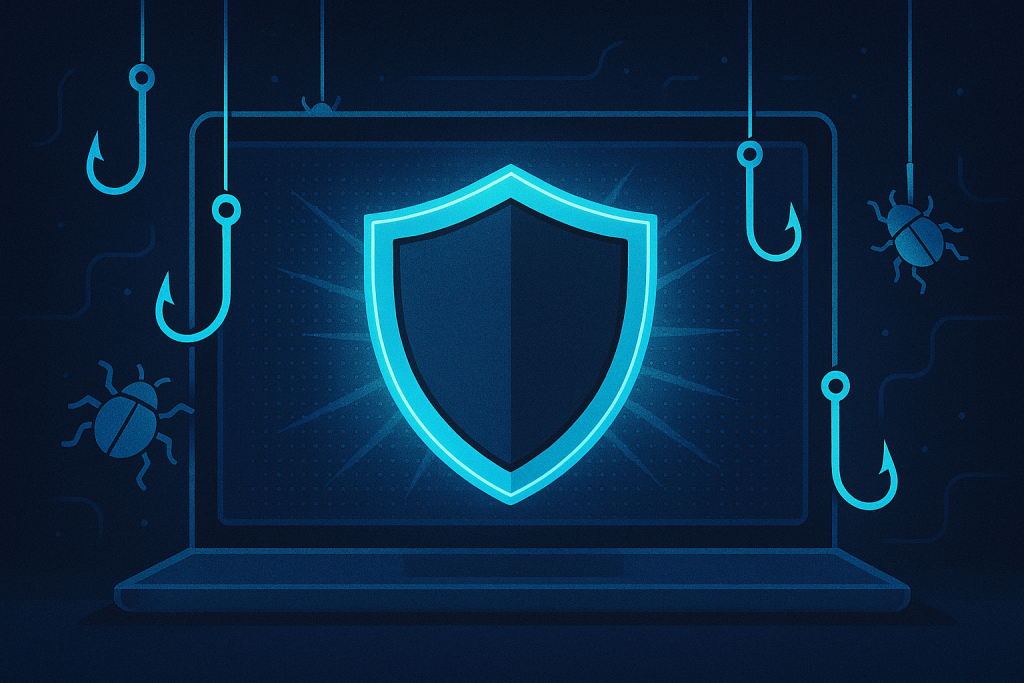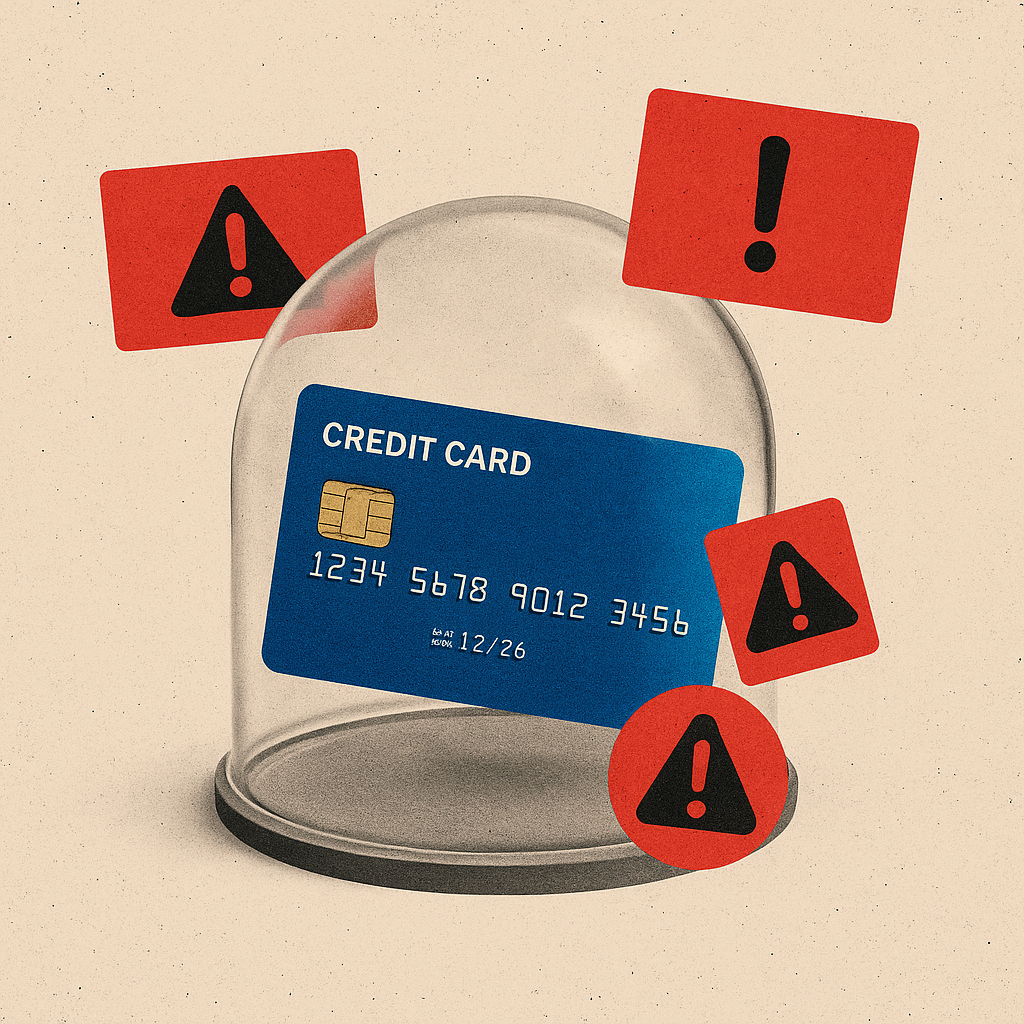In the digital age, safeguarding your finances from online scams is more crucial than ever. With cybercriminals constantly devising new ways to deceive unsuspecting individuals, it’s essential to stay informed and vigilant. From phishing emails to fraudulent websites, there are numerous tactics scammers employ to steal your sensitive information.
This blog post delves into various strategies to protect your financial assets from online fraudsters. By implementing these measures, you can significantly reduce the risk of falling victim to cybercrime and ensure the security of your personal and financial data. Let’s explore the steps you can take to protect yourself.
Understanding online scams

Online scams are deceptive tactics used by cybercriminals to defraud individuals and steal their personal and financial information. These scams can take many forms, including phishing emails, fake websites, and social engineering attacks. Understanding the different types of online fraud is the first step in safeguarding your finances.
Phishing emails, for example, are designed to look like legitimate communication from trusted organizations. They often contain links or attachments that, once clicked, can lead to the installation of malware on your device or direct you to a fraudulent website where your information can be harvested.
Another common type of online scheme is identity theft. This occurs when a fraudster obtains access to your personal information, such as your Social Security number or bank account details, and uses it to commit fraud. They might open new accounts in your name, make unauthorized transactions, or use your identity to access services.
Recognizing phishing attacks
Phishing attacks are one of the most common types of online deception used to compromise sensitive information. They typically start with a seemingly legitimate email or message from a known source, such as a bank or popular online service, asking you to verify your account or update your login details.
These communications often create a sense of urgency, pushing you to act quickly without thinking. When faced with suspicious emails, it’s important to scrutinize the sender’s address carefully, as phishers often use disguised emails by making minor changes to the authentic addresses.
Another hallmark of phishing attempts is the presence of generic greetings instead of personalized messages. Messages starting with “Dear Customer” or “Dear User” should raise red flags. Authentic organizations usually address individuals by their names.
Detecting social engineering tactics
Social engineering is a psychological tactic used by cybercriminals to trick you into revealing confidential details. Unlike technical attacks, social engineering relies on human interaction and often involves manipulating emotions such as fear or urgency. Fraudsters may pose as colleagues, tech support, or even law enforcement officials to gain your trust and extract information.
One common social engineering approach is the “tech support scam.” In this scenario, a scammer will contact you posing as a technical support representative, claiming there’s an issue with your computer or account. They will often request remote access to your device or ask for personal information to “resolve” the problem.
Implementing protection strategies
Protecting your finances from online fraud requires a proactive approach and adopting a set of comprehensive strategies. One essential method is using strong, unique passwords for each of your accounts. A strong password typically contains a mix of uppercase and lowercase letters, numbers, and special characters.
Enabling two-factor authentication (2FA) on your accounts is another vital security measure. This additional layer of protection requires you to provide two types of identification before you can access your account. Typically, after entering your password, you’ll receive a code via text message or a dedicated authenticator app, which must be input to gain access.
Educating yourself and others
Ongoing education is a powerful tool in combating online scams and ensuring financial security. Stay informed by reading articles, attending webinars, or following reputable cybersecurity blogs to learn about the latest threats and protective measures. Sharing your knowledge with family and friends can further strengthen the collective awareness and preparedness against cybercrime.
Create a culture of security awareness in your community by organizing informational sessions or discussions on online safety practices. These discussions can cover various topics, such as recognizing phishing emails, the importance of strong passwords, and how to implement security measures on personal devices.
Utilizing technology for protection
Leveraging technology can play a significant role in safeguarding your finances from online fraud. Begin by securing your devices with antivirus and antimalware software to protect them from malicious software that could be used to steal your information. Keep this software up to date to defend against the latest threats.
Using a Virtual Private Network (VPN) whenever you’re using public Wi-Fi can help protect your data from being intercepted by hackers. A VPN encrypts your internet connection, making it difficult for anyone to access your data while you’re online. This added layer of security is especially important when carrying out sensitive transactions or accessing financial information on unsecured networks.





